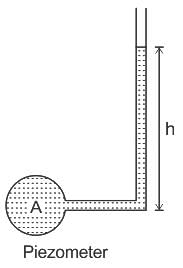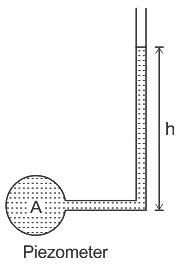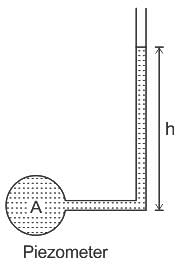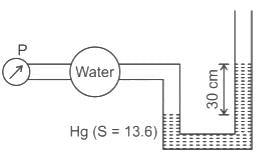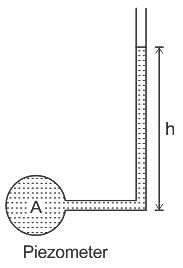Civil Engineering (CE) Exam > Civil Engineering (CE) Tests > Test: Barometer & Piezometer - Civil Engineering (CE) MCQ
Test: Barometer & Piezometer - Civil Engineering (CE) MCQ
Test Description
10 Questions MCQ Test - Test: Barometer & Piezometer
Test: Barometer & Piezometer for Civil Engineering (CE) 2025 is part of Civil Engineering (CE) preparation. The Test: Barometer & Piezometer questions and answers have been prepared
according to the Civil Engineering (CE) exam syllabus.The Test: Barometer & Piezometer MCQs are made for Civil Engineering (CE) 2025 Exam.
Find important definitions, questions, notes, meanings, examples, exercises, MCQs and online tests for Test: Barometer & Piezometer below.
Solutions of Test: Barometer & Piezometer questions in English are available as part of our course for Civil Engineering (CE) & Test: Barometer & Piezometer solutions in
Hindi for Civil Engineering (CE) course.
Download more important topics, notes, lectures and mock test series for Civil Engineering (CE) Exam by signing up for free. Attempt Test: Barometer & Piezometer | 10 questions in 30 minutes | Mock test for Civil Engineering (CE) preparation | Free important questions MCQ to study for Civil Engineering (CE) Exam | Download free PDF with solutions
Detailed Solution for Test: Barometer & Piezometer - Question 1
Test: Barometer & Piezometer - Question 2
The barometric pressure at the base of a mountain is 750 mm Hg and at the top 600 mm Hg. if the average air density is 1 kg/m3, the height of the mountain (in m) is approximately
Detailed Solution for Test: Barometer & Piezometer - Question 2
Test: Barometer & Piezometer - Question 3
Match List I with List ll and select the correct answer:
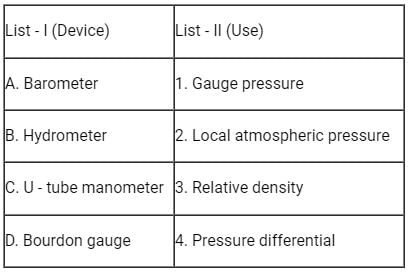

Detailed Solution for Test: Barometer & Piezometer - Question 3
Test: Barometer & Piezometer - Question 4
Which of the following pressure gauge is generally used for the calibration of other pressure measuring gauges
Detailed Solution for Test: Barometer & Piezometer - Question 4
Detailed Solution for Test: Barometer & Piezometer - Question 5
Test: Barometer & Piezometer - Question 6
If one were to use a piezometer to measure fluid pressure, which of the following disadvantages are they subject to?
Detailed Solution for Test: Barometer & Piezometer - Question 6
Detailed Solution for Test: Barometer & Piezometer - Question 7
Detailed Solution for Test: Barometer & Piezometer - Question 8
Test: Barometer & Piezometer - Question 9
When can a piezometer be not used for pressure measurement in pipes.
Detailed Solution for Test: Barometer & Piezometer - Question 9
Test: Barometer & Piezometer - Question 10
Which of the following devices is NOT used to measure flow rate of velocity of fluid?
Detailed Solution for Test: Barometer & Piezometer - Question 10
Information about Test: Barometer & Piezometer Page
In this test you can find the Exam questions for Test: Barometer & Piezometer solved & explained in the simplest way possible.
Besides giving Questions and answers for Test: Barometer & Piezometer, EduRev gives you an ample number of Online tests for practice
Download as PDF




